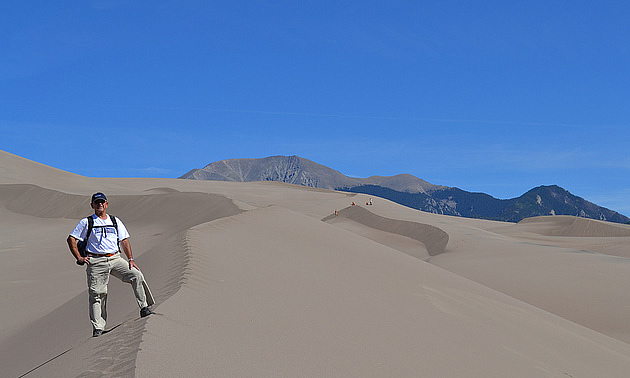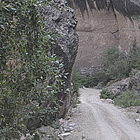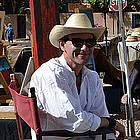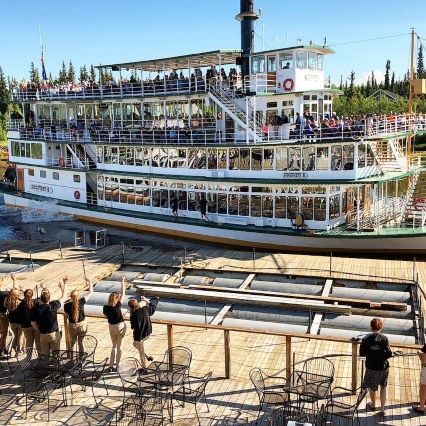Hot springs and hot sand
Magnificent sand dunes leave these travellers awestruck

Next we headed east to The Great Sand Dunes National Park and Preserve located just north of the town of Alamosa, Colorado. On the way we passed through Pagosa Springs, Colorado. This community is renowned for having the world’s deepest hot mineral springs. There are eighteen pools of naturally heated mineral water terraced along the San Juan River. The therapeutic pools are well worth visiting. Check out the website.
The city of Alamosa is a bustling city in the middle of the San Louis Valley. This area is almost entirely desert—there are a few cattle ranches as well as some sheep ranches. Driving east you can see in the distance, nestled up against the mountains, a large light brown area. This is all sand. We saw a vast expanse of high sand dunes as we drove north from Alamosa and into the park. The rolling and peaked dunes seemed to stretch along the very base of the mountains for many miles, both east and west. We learned that the sand dunes cover an area of approximately 30 square miles. The entire sand area covers approximately 300 square miles. Starting at 8,175 feet above sea level the dunes raise another 750 feet, a very impressive sight as they are the highest sand dune peaks in North America.
Although the sand is very fine and soft, making it hard to walk in, many hikers and sandboarders trek up the hot dunes to slide down on their snowboards. The sand has been blown into a gentle curve of the Sangre De Cristo Mountains from the San Juan Mountains, 65 miles to the west. The wind rising against the mountains deposits the sand into large dunes. Water flowing down Medano Creek carries sand to the face of the dunes where it is picked up by the wind and again deposited against the mountains.
A geological marvel
This continuing process constantly changes the shape of the dunes. This process has been going on for well over 12,000 years; some estimates say it is up to a million years old. The sustainability of this region depends wholly upon wind, water and the changing seasons. After a good night’s rest we decided to take up the challenge and climb the dunes. The day started off a bit cool but as we crossed the sand flats of the dried up Medano Creek we soon warmed up. When we reached the base of the dunes, they appeared enormous. Climbing was another matter. Some of the sand was hard enough to walk on but most of it was very soft. With each step we would sink in so that as we climbed we would take one step and slid back a half step.
By the time we reached the top of the first ridge we were tired. We watched in awe as the younger people seemed to scamper up the dunes with little effort. The view from the top of the dune we climbed we could see an endless ocean of sandy hills and valleys. We saw several sandboarders climbing the steepest slopes and quickly sliding down. Even though it was still fairly early in the morning, we were tired and glad to get back to the truck. After emptying almost a cup of sand from our shoes, we headed back to the trailer for our second morning coffee. For more information, go to this website.








